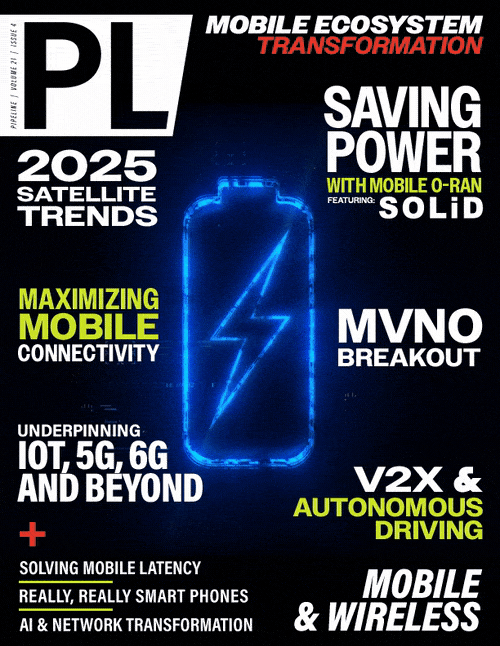How O-RAN Delivers Sustainable, Economical
Mobile Connectivity Everywhere
By: Yong Hoon Kang, Ph.D, Chief Technology Officer - SOLiD Americas

Escalating demand for fast, reliable, always-on connectivity continues to drive 5G adoption. In fact, 5G connections are expected to reach 7.9 billion worldwide by 2028. With outdoor wide-area network deployments becoming increasingly dense, many mobile network operators (MNOs) are turning their attention to improving
capacity and coverage throughout event venues, commercial buildings, retail properties, and across campuses.
Today’s mobile subscribers expect outstanding quality of service (QoS) everywhere, and they are not willing to settle for spotty coverage, lack of internet access, or dropped calls indoors. This
growing demand for improved 5G in-building service has raised the question of optimizing QoS as sustainably and economically as possible to maintain profitability and a competitive edge. As MNOs
embrace open network technologies such as Open RAN, the versatility, scalability, and cost-efficiency of these architectures provide innovative new possibilities to answer this question.
Open to Network Evolution
The ongoing evolution to Open RAN is revolutionizing traditional RAN architecture with the capability to choose components from various suppliers. By breaking the vendor lock-in, Open RAN enables a more competitive and diverse marketplace, significantly reducing the cost of network deployment and maintenance. With advancements in standardization, such as the O-RAN ALLIANCE, MNOs can rely on seamless interoperability between multi-vendor hardware and software for greater agility, scalability, and performance.
To date, much of the focus on Open RAN prioritized public outdoor networks over in-building coverage. However, the escalating adoption of Open RAN technology enables greater interoperability
among in-building network components as well. The benefits of Open RAN infrastructure provide significant value for MNOs interested in delivering an optimized customer experience indoors, where
up to 80 percent of all
mobile data traffic occurs.
In fact, Open RAN advancements are driving the evolution of indoor wireless network architecture toward a convergence between 5G Open RAN technology and neutral-host distributed antenna system (DAS) in-building infrastructure. This converged
infrastructure approach offers several benefits, from improved cost efficiencies to reduced environmental impacts.





















